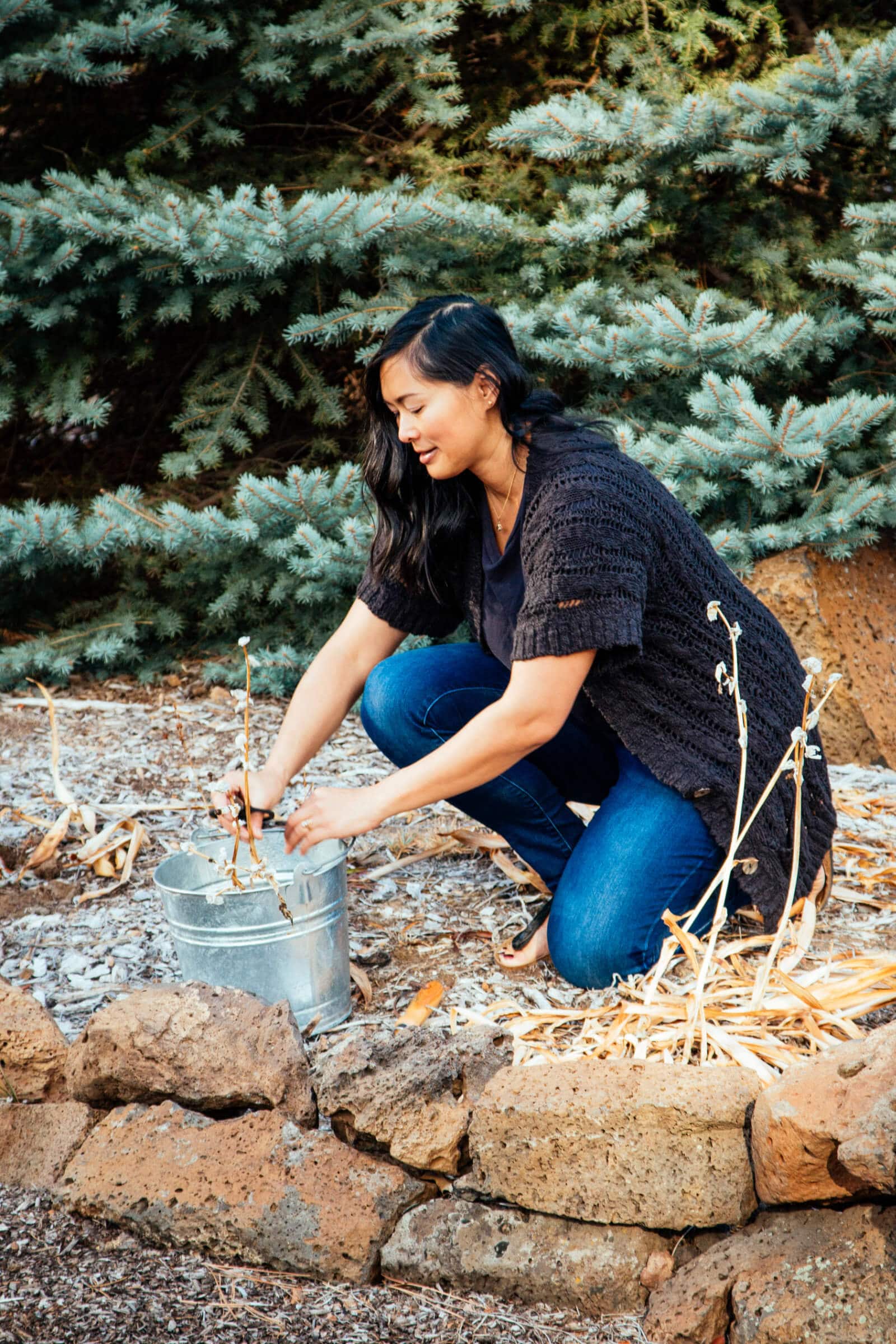This post is in collaboration with our friends at 3-IN-ONE® Brand and Lava® Soap. All thoughts and words are our own.
Every gardener has a favorite gardening tool—the one they always keep within arm’s reach, use over and over again, or stash near the door on the way out.
These are the must-have gardening tools that make planting, weeding, pruning, and harvesting better for the back and more soothing for the soul.
I’m not talking about shovels and hoes and hoses and nozzles. Yes, you need those, but the tools I’m sharing here are the ones I recommend from years of experience, the things that do double (or triple or quadruple) duty in the garden, the essentials that don’t often make it into a novice gardener’s toolkit the first season—but they should.
It took a few years for me to figure out what I really needed in the garden and what brands were most reliable. I don’t mind spending a little more money for a quality item that will pay for itself in a few short seasons; at the same time, I don’t like spending money needlessly on things I only use once or twice a year.
I’ve added to, picked through, and curated my gardening toolkit over time and have found that these 10 items are the best gardening tools that every gardener needs.
Disclosure: If you shop from my article or make a purchase through one of my links, I may receive commissions on some of the products I recommend.
My Top 10 Essential Gardening Tools
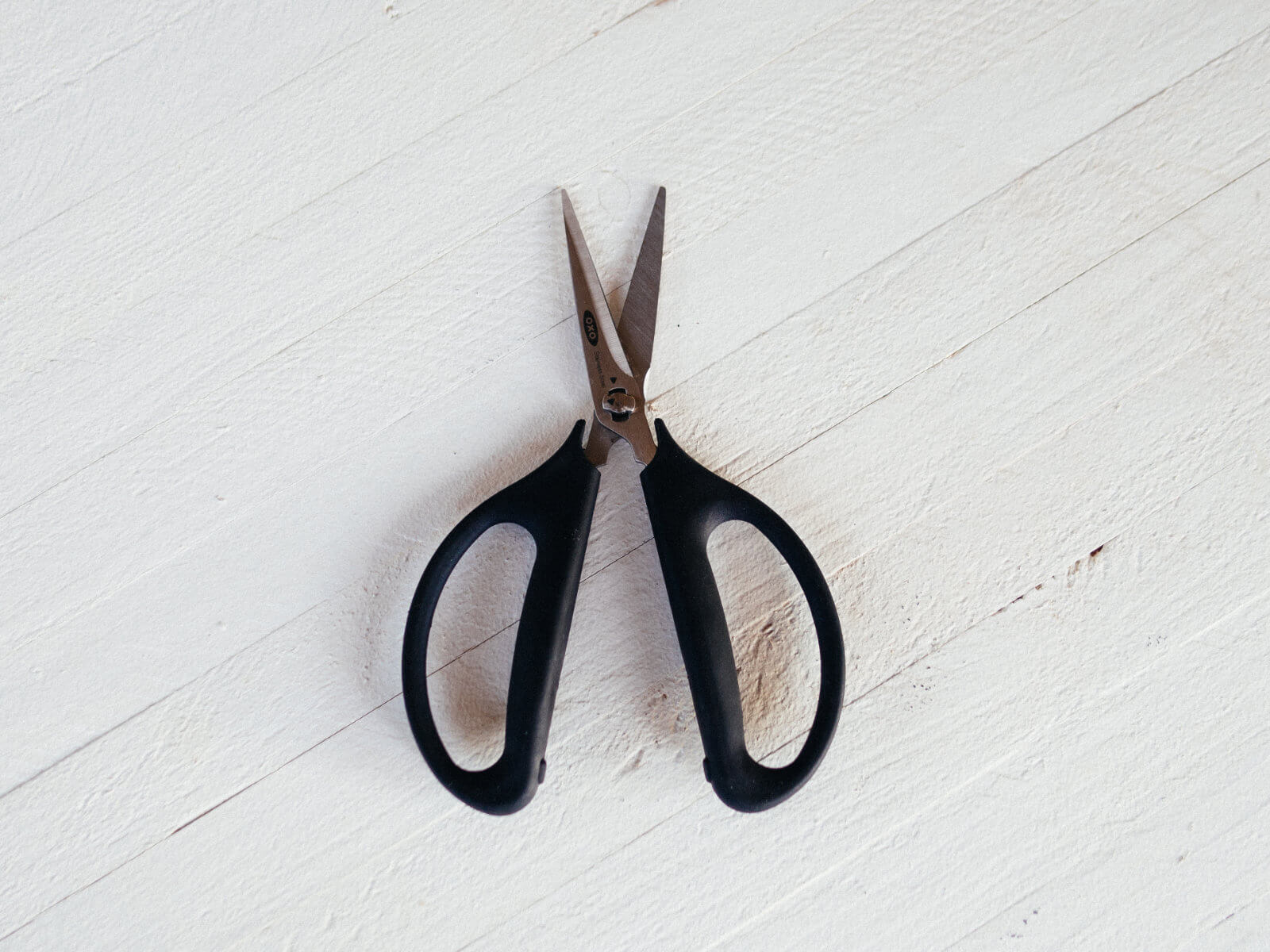
1. Scissors
I know what you’re thinking. Scissors? Not pruners or clippers or something more “professional” for someone who calls herself a gardener?
But here’s an open secret: any real gardener always has a pair of scissors on hand.
Ordinary household scissors are my first choice in garden tools, as they’re inexpensive, lightweight, and capable of a myriad of tasks: harvesting vegetables, snipping herbs, deadheading flowers, pruning soft stems, cutting twine, and opening bags of potting mix or soil amendments.
They’re easy enough to replace that I don’t worry about leaving my scissors outside overnight, as I do with my more expensive pruning shears. They’re also cheap enough to buy that I can tuck a few pairs around the yard specifically for garden tasks.
The ones I like have soft rubber handles for comfort and blades that can come apart for easy cleaning. (You’ll find out what multi-purpose household product I use to clean them in #8 below.)
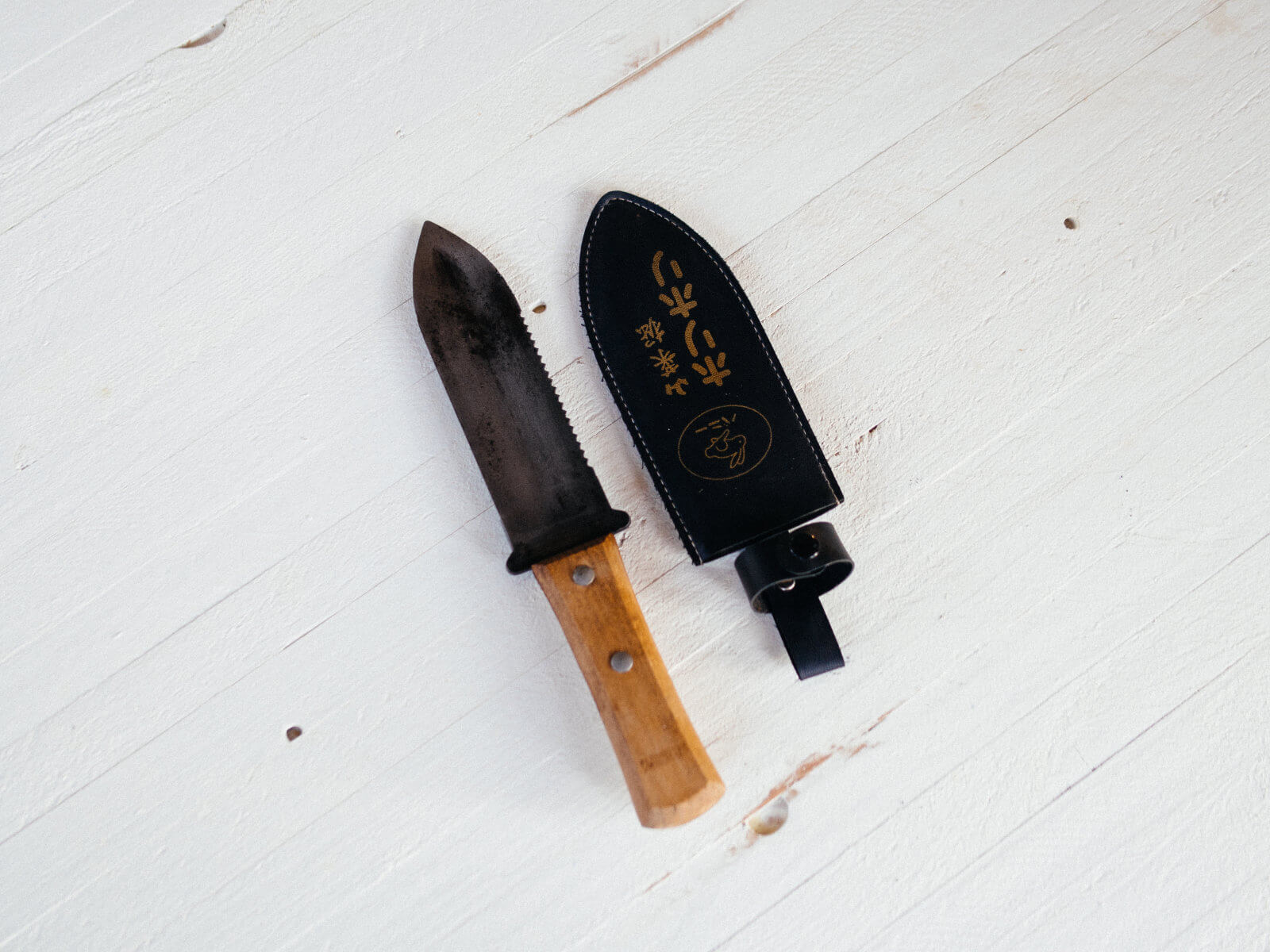
2. Hori hori knife
Also called a soil knife, a hori hori is a multifunctional Japanese hand tool with a pointy, sharp, concave blade that’s serrated on one edge and smooth on the other.
I use mine to cut string, tear open bags, slice through roots, divide and transplant perennials, pick through hard and compacted soil, and pull up weeds with long taproots.
A lot of good-quality hori hori knives come with sheaths to protect the blades (as well as your back pocket, which is where I often keep mine when I head out to the garden).
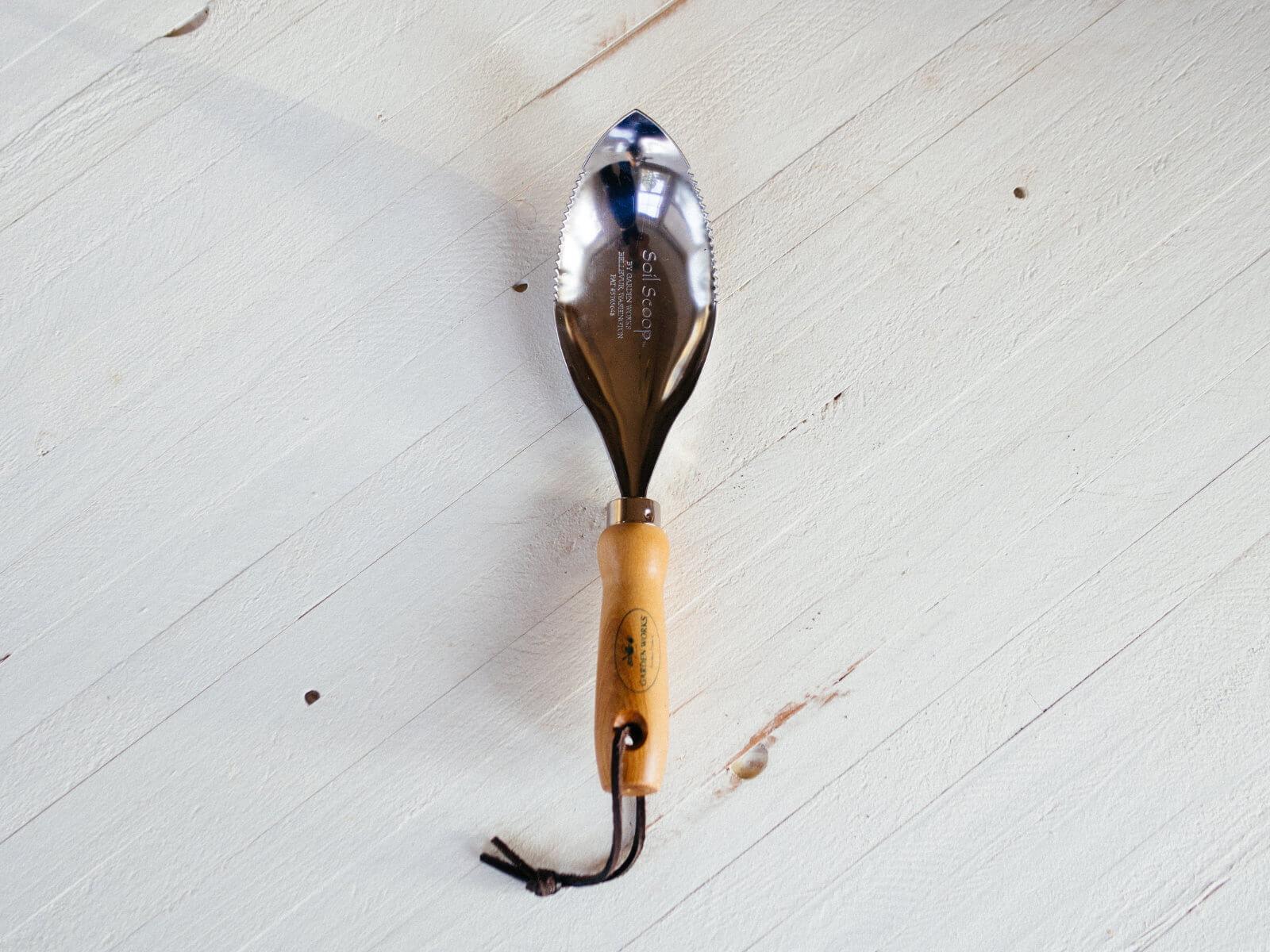
3. Soil scoop
Many people say a garden trowel is an essential gardening tool, but my personal go-to is a soil scoop. It does all the same things a trowel does (digging, transplanting, and moving soil), but its sharply pointed tip and serrated edges also give it the versatility of a knife for working with weeds and detangling root balls.
The deep bowl design is ideal for making furrows and trenches, lifting bulbs out of the ground, and scooping soil in and out of containers.
You can find other “soil scoops” with rounded tips and non-serrated edges, but I recommend this specific one for better functionality.
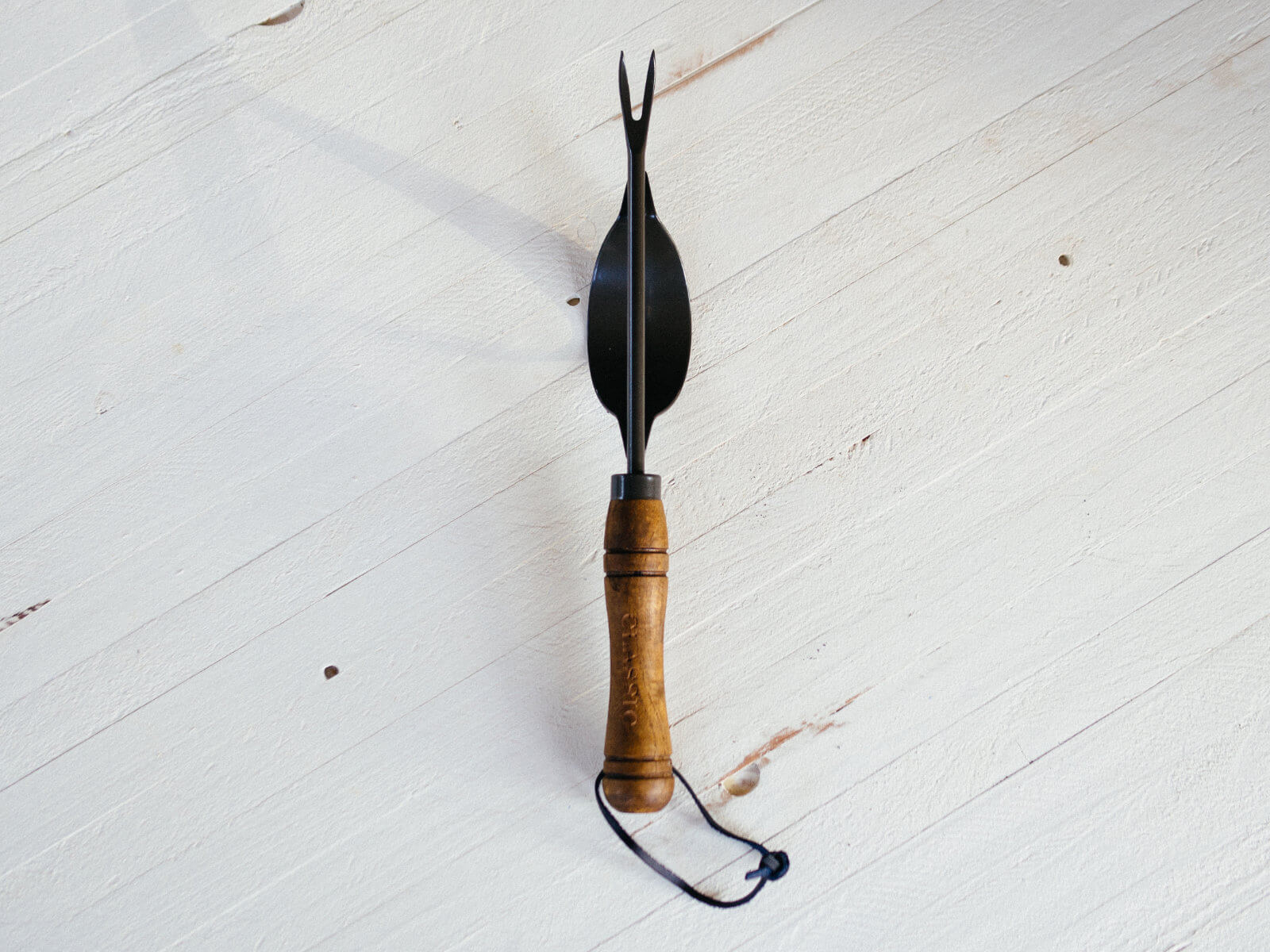
4. Weeder
At some point, pulling weeds by hand gets old. That’s why a sturdy weeder is a garden tool you shouldn’t skimp on, and the one I like has a V-shaped notch on the end for really getting a good grip on unwanted plants.
The genius in the design lies in the fulcrum—you can use it as leverage to yank weeds with long taproots, or those with a basal rosette (leaves clustered close to the ground). Together with the forked tip, it’s perfect for prying up weeds that like to hide in ground covers and removing roots from deep in the soil.
This type of weeder is sometimes called a “dandelion digger” or “dandelion weeder,” but before you banish them all from the garden, here are a few reasons you should keep some dandelions around (especially in early spring).

5. Garden twine
It’s amazing how many uses a simple piece of string has in a garden. I always keep a roll of twine on hand for training small branches, tying tall plants to stakes, and making trellises for vining plants to climb (including Florida weave trellises for tomatoes).
Twine is also handy for tying herb stems together to hang and dry, creating a kokedama string garden, and sectioning off a raised bed for square foot gardening (or marking a garden to keep your rows straight).
Cold spell coming? You can protect your plants by putting stakes on either end of a raised bed, running a length of twine between them, and draping a frost cover over the line like a tent.
Most garden twine is made of jute fiber and is suitable for light-duty tasks, but I like this hemp cord for better durability. It’s nice and thick and rated up to 170 pounds tensile strength, but it’s not so burly that it’s difficult to tie a tight knot with.
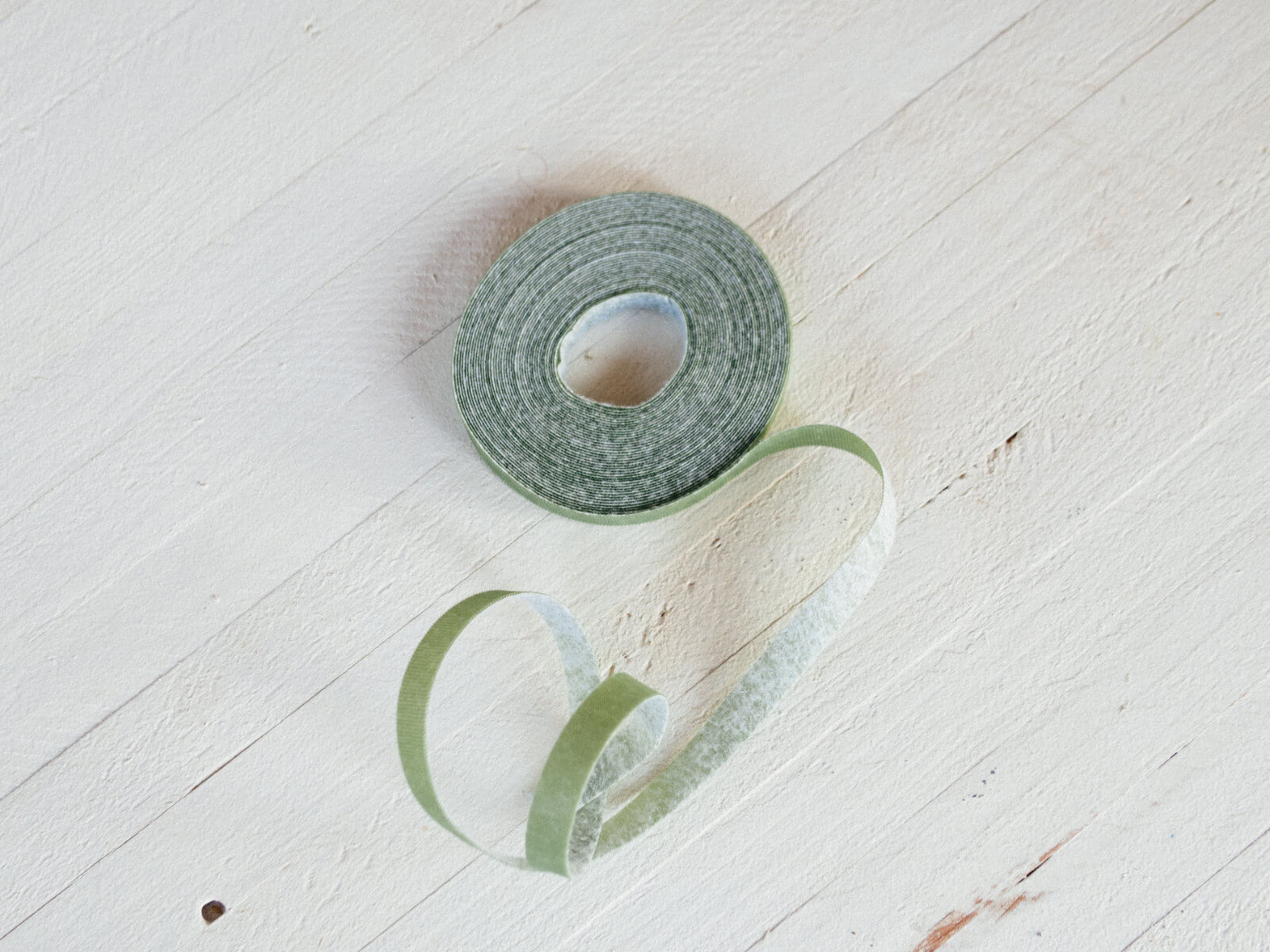
6. Velcro garden ties
Like the garden twine mentioned above, Velcro garden ties are useful for keeping plants staked, supported, and bundled together.
What sets them apart from twine and similar items (like vine clips, twist ties, or plant tape) is the fact that they’re Velcro. They attach to themselves and don’t need to be twisted, tied, or knotted. They can be cut to your desired length and reused multiple times.
In the tool shed, Velcro ties are excellent for keeping cords wrapped up neatly. (I even use them for power cords inside my house.)
I like the flexibility of having a long continuous roll, but you can go with pre-cut Velcro ties if you usually use them for the same tasks.
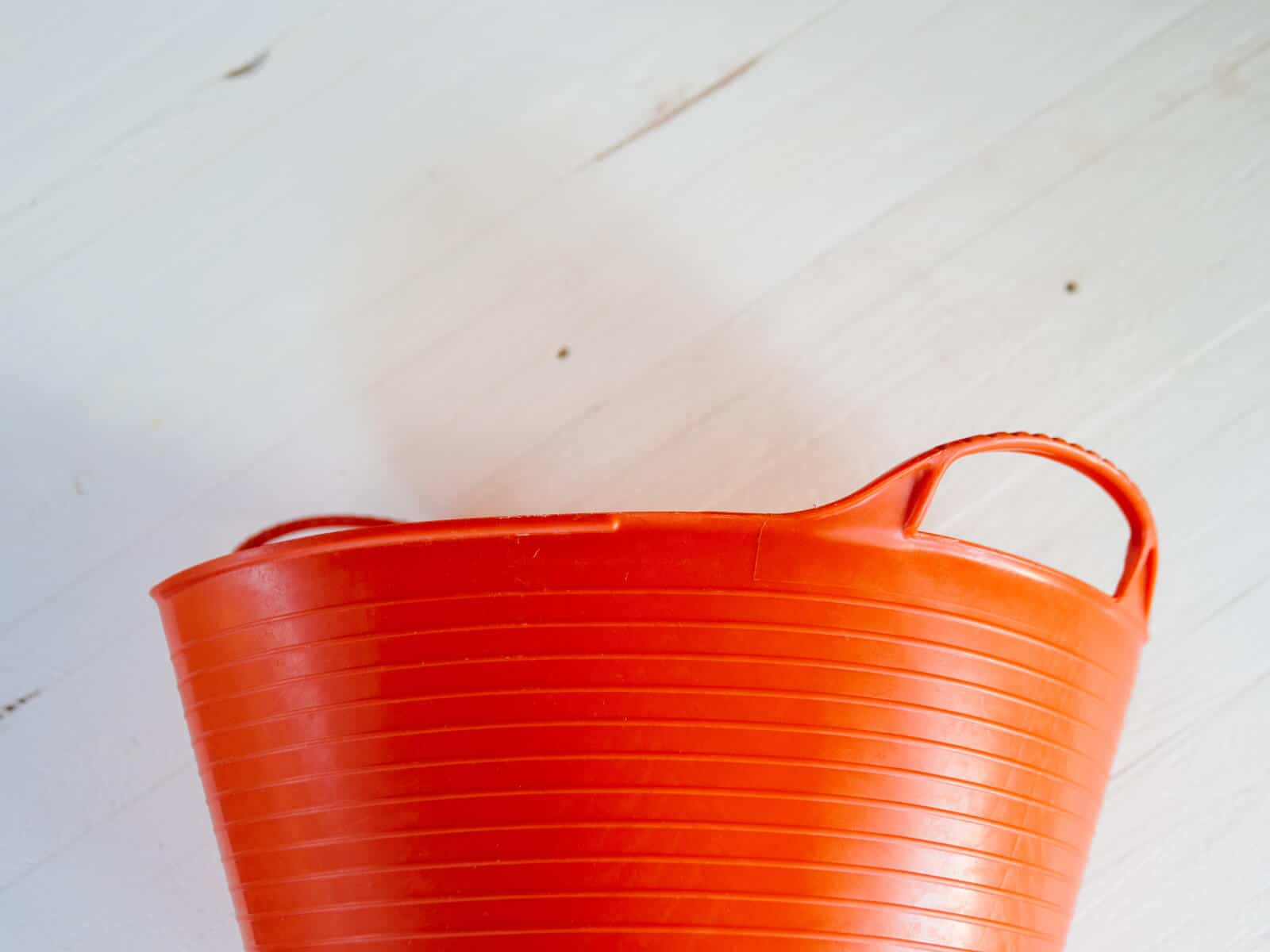
7. Flexible bucket
I’ve gone through a number of these buckets over the years, in all shapes and sizes, and will always buy more!
Unlike traditional plastic buckets or galvanized metal pails, flexible buckets are lightweight, easy to maneuver, and convenient to store. (They nest very well when space is tight.)
You can brew compost tea or make your own seed starting mix in them. You can fill them with water and press the handles together to form a pouring spout. (I often use my buckets as makeshift watering cans.)
You can use them as harvest baskets or storage totes, and as mixing containers for homemade chicken feed or potting soil and compost.
I find flexible buckets to be more versatile than gardening aprons, garden totes, or garden carts when it comes to carrying small items (like seed packets, tools, gloves, and other supplies) around the yard. They’re also much easier to clean—a spray with a garden hose is all that’s needed.
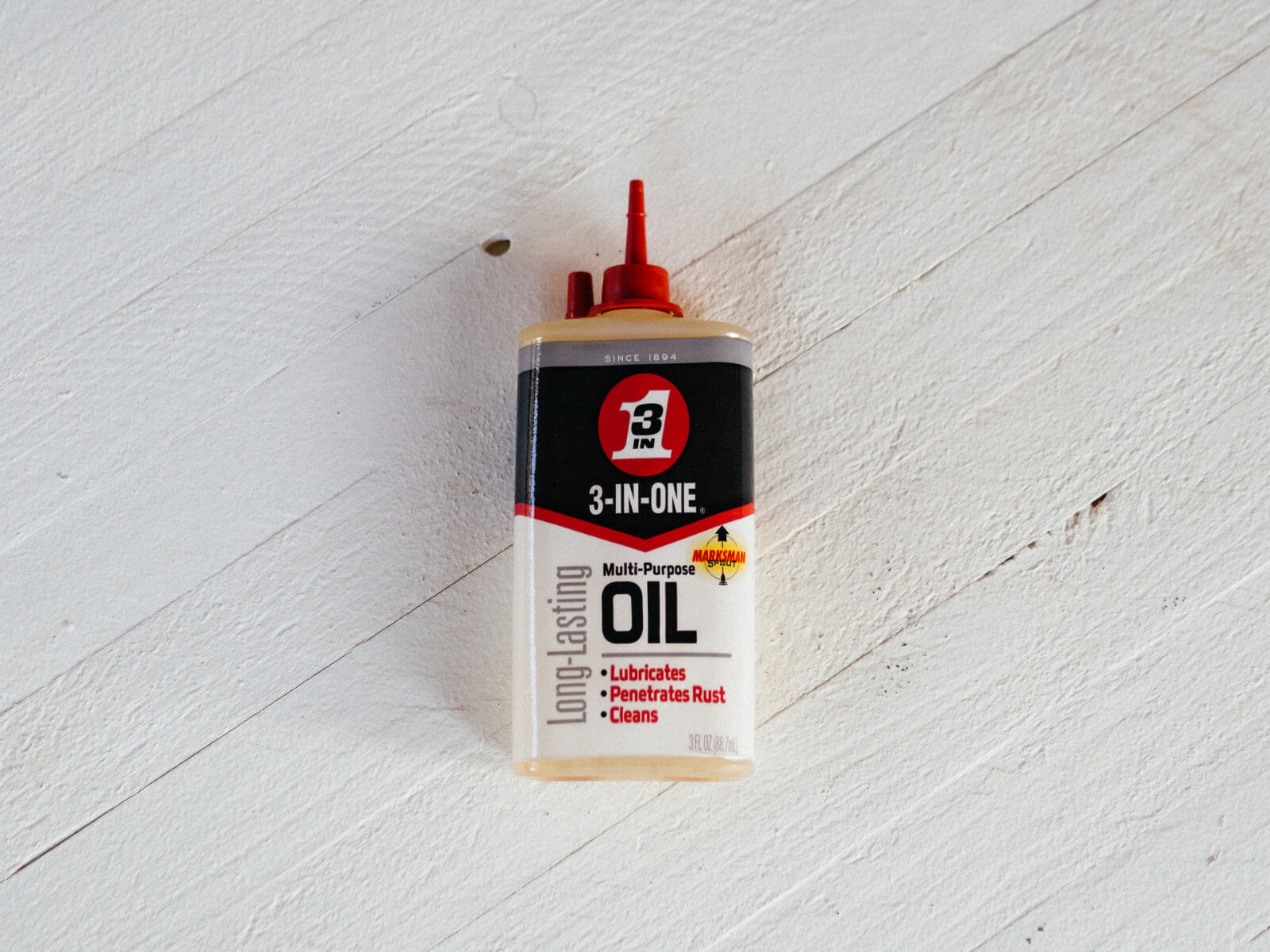
8. 3-IN-ONE® Multi-Purpose Oil
I always keep a bottle of 3-IN-ONE Multi-Purpose Oil in my gardening toolbox because it is indispensable for general tool maintenance. You spend good money on your gardening tools, and it only takes a few minutes to clean them after each use.
Put a couple drops of 3-IN-ONE Multi-Purpose Oil in the pivot joints of your pruning shears and herb snips to keep them moving smoothly. Or, swipe a little oil on the blades of your hori hori knife and hedge clippers with a rag to remove sap and dissolve rust.
Related: The Best Way to Remove Rust—No Scrubbing Required
You can even coat your shovels and spades with a thin layer of oil in the off season to protect them from corrosion. That way, they’re clean, shiny, and ready for use when spring comes around again!
Learn more about maintaining your gardening tools with 3-IN-ONE Multi-Purpose Oil in my previous post.
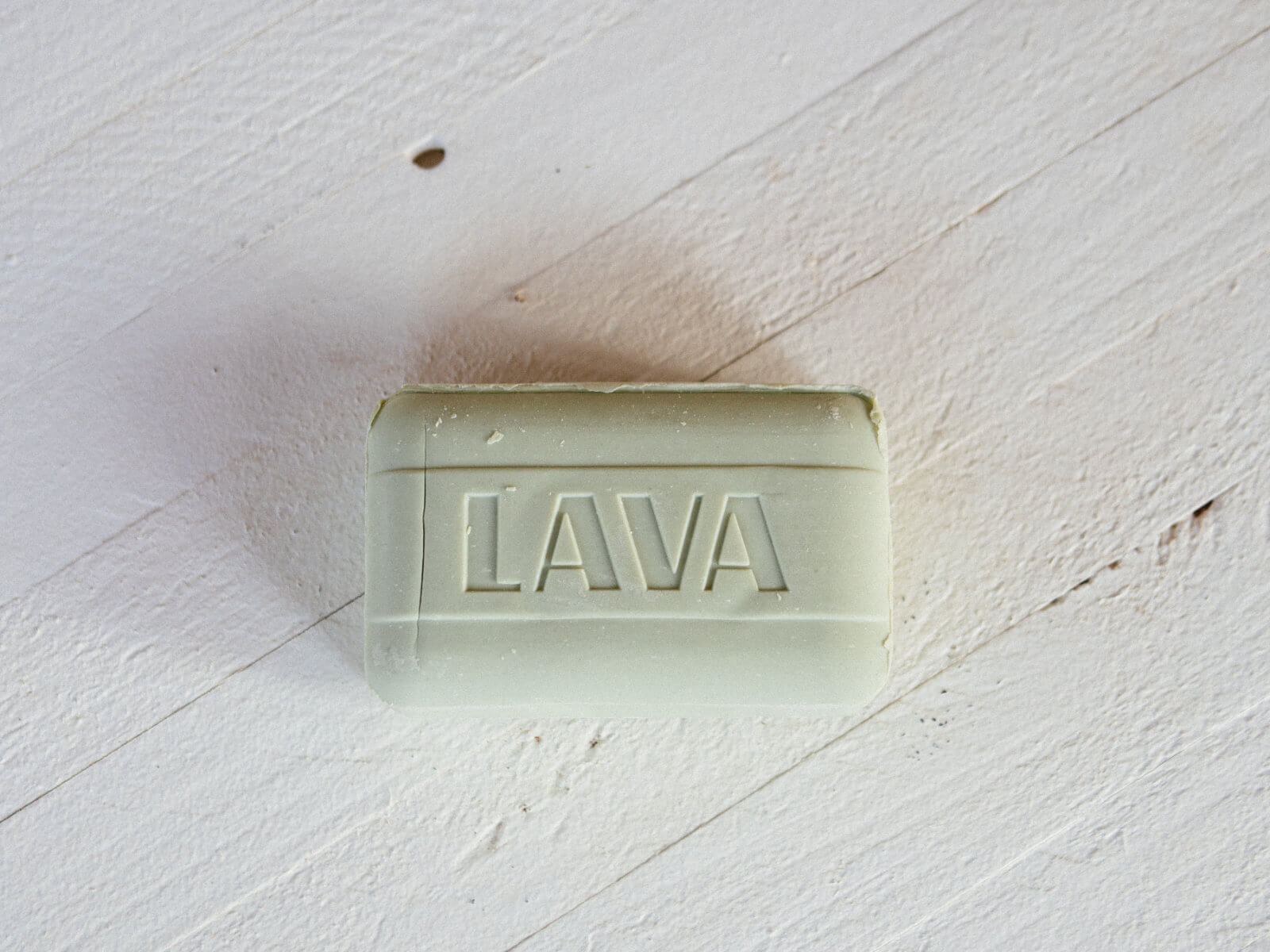
9. Lava® Soap
When it comes to getting the grime off your hands after a day in the garden, no soap comes close to the cleansing power of Lava Soap.
Unlike most bar soaps, Lava Soap contains pumice (a byproduct of volcanic activity, hence the name “Lava”). It scrubs away dirt, oil, sap, and residue, leaving your hands clean and moisturized.
Lava Soap is especially effective on the sap that sticks to your fingers when working with tomato plants. (You know how tough that stuff can be to wash off with ordinary hand soap!)
Aside from its obvious cleaning ability, Lava Soap has other great (and unexpected) uses in the garden, including keeping dirt from sticking under your nails (just rub the bar of soap over your fingertips).
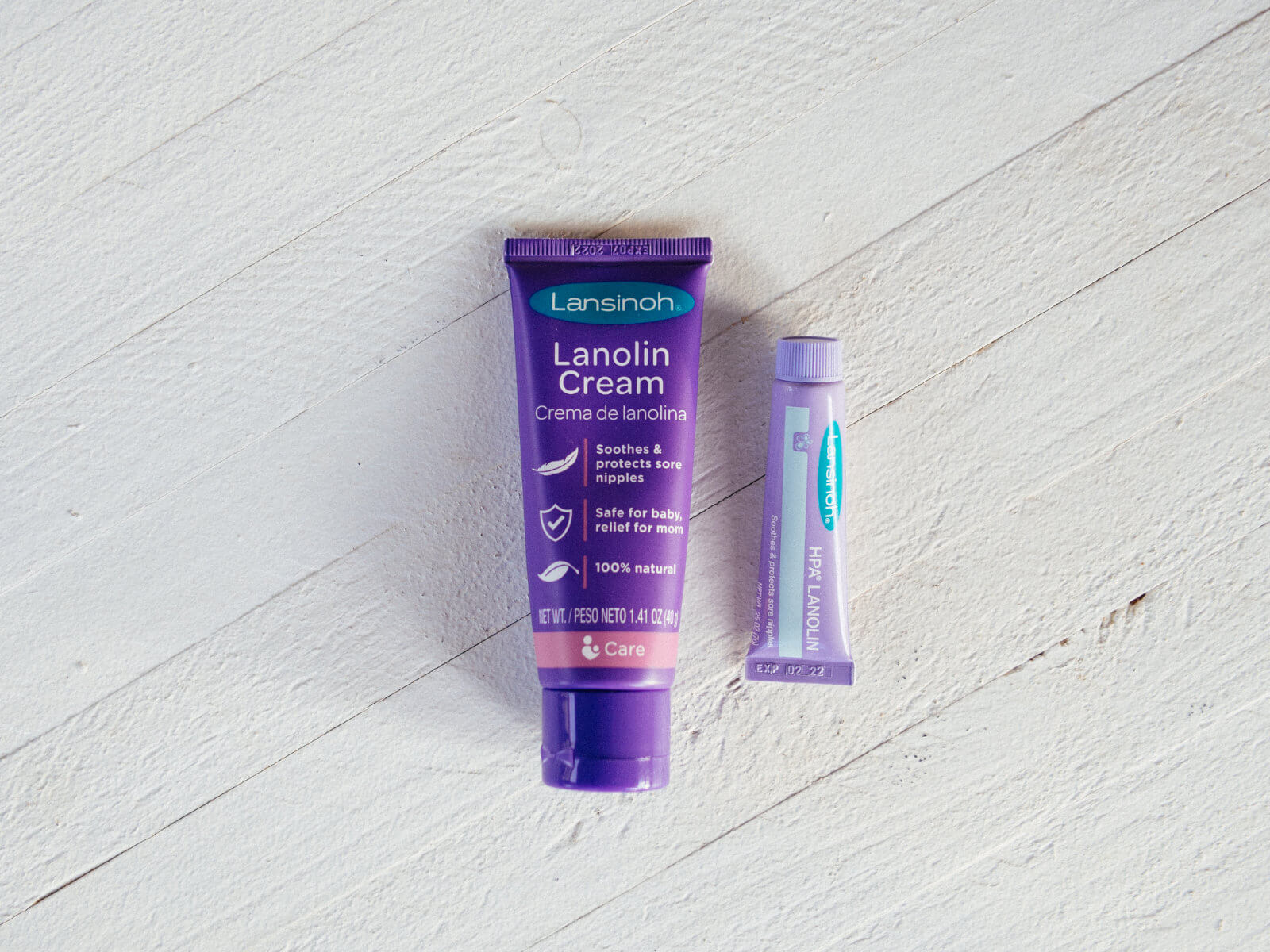
10. Lanolin
This is less of a “tool,” and more of a self-care item that I consider no less important than everything else on my list.
As gardeners, our hands can take quite a beating over a season’s worth of digging in the dirt. I’ve tried all kinds of balms and salves and lotions, but the one skincare product that always performs well for me, at a reasonable price point, is lanolin.
The brand I use is marketed as a nipple ointment for breastfeeding moms (which is how I was introduced to it), but its ultra-healing qualities and all-natural formulation (just plain old lanolin, free of fragrance, preservatives, and other additives) makes it beneficial for almost everyone.
Aside from moisturizing dry skin and cuticles, lanolin softens chapped lips, helps soothe sunburns, and forms a protective barrier against cold and windburn. (I use it on my toddler’s nose and cheeks when we take her up to the mountains for a day of snow play.)
I carry the little tubes with me in my purse, and keep the larger tubes in my bathroom and next to my bed as part of my daily skincare routine. It’s worth trying if you haven’t yet!
This post is sponsored by 3-IN-ONE® Brand and Lava® Soap. View our full advertising disclosure.
You can find 3-IN-ONE® Multi-Purpose Oil and Lava® Soap at Walmart and other retailers.
Follow 3-IN-ONE Brand on Facebook and Instagram, and Lava Soap on Facebook, for more gardening tools and maintenance tips!



